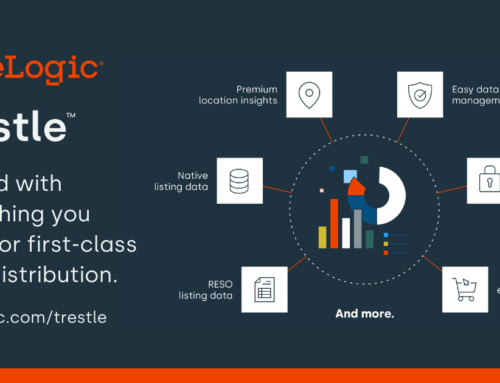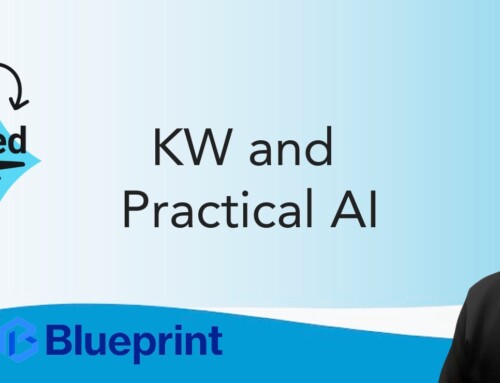 I was starting to hit my stride helping companies integrate social media into their Public Relations programs when I was mugged by Dark Social. If you are not familiar with the term Dark Social, I wasn’t either, until recently. At first, I thought Dark Social was somehow related to the Dark Web. Fortunately, I was wrong.
I was starting to hit my stride helping companies integrate social media into their Public Relations programs when I was mugged by Dark Social. If you are not familiar with the term Dark Social, I wasn’t either, until recently. At first, I thought Dark Social was somehow related to the Dark Web. Fortunately, I was wrong.
Dark Social are those communications methods that involve direct communications with people so they are “social.” But unlike social media, they are not out in the open. Thus they are “dark.” This includes email, text and chat apps. The other reason it is called Dark Social: these communications methods are almost impossible to monitor. Website analytics or any dashboard can’t measure it.
Dark Social is Winning Today
The scope of social sharing of content outside Twitter, Facebook, Instagram or Snapchat is vast. The Atlantic magazine, for example, looked at traffic to their stories. When they examined readers who landed on a specific article – one that had a complicated URL – they surmised that someone must have provided the reader that link. They counted that as a Dark Social referral. When they studied their Web analytics and added all the numbers up, the Atlantic found that more than 50 percent of their traffic came from Dark Social sources.
The big buzz right now is that Dark Social is more powerful than social media. Coupled with the fiascos that Facebook has faced in the past, and the overall decline in social media usage overall, the interest in Dark Social is going to rise.
But if you can’t see how people are interacting in the Dark Social world, how can you tap into it?
Does It Matter Where Your Traffic is Coming From?
We’ve long focused on traffic from social media channels, and in particular, Facebook referrals. What most people have largely ignored is direct traffic. Direct traffic is very difficult to source and so far Google Analytics doesn’t provide a Dark Social measurement. . If we can’t measure it, we don’t talk about it. We also certainly don’t spend time telling clients about the one area that we don’t have data. So far now, the best we can do is dig a little into direct traffic measurement, as this article suggests .
Dark Social may change all that and the thinking today is to reverse engineer our thinking about it, very much in the same way the Atlantic did. Look at the content that is being shared – a lot – by Dark Social and create more of that kind of content.
Total traffic to your website still matters and whether the traffic is coming from social media or Dark Social, sources shouldn’t be as important as focusing on the content that is generating the right traffic. Google Analytics is likely to tell you what you need to know, even though you may not be able to figure out if the source of Dark Social was from a WhatsApp, a text or an email.
The question you now have to ask is “Does it matter where your traffic is coming from if the content is attracting the right traffic?” It is a different way of looking at the same question.
Where PR Fits In Dark Social
PR is still the king of all marketing segments when it comes to creating content. The PR world still pulls from the best writers – many former journalists – and the good ones are veteran storytellers. A robust PR program that is content focused can help firms lift the veil off the “black hole of data” that is Dark Social, as MarTechAdvisor so appropriately describes it.
Focusing on the content that strikes a chord with what people are talking about is the back door into Dark Social. While we can’t monitor private chat, text or email conversations, we can closely monitor the direct traffic to the content we generate. I believe that PR working in tandem with your marketing team will be critical to tapping into Dark Social.




